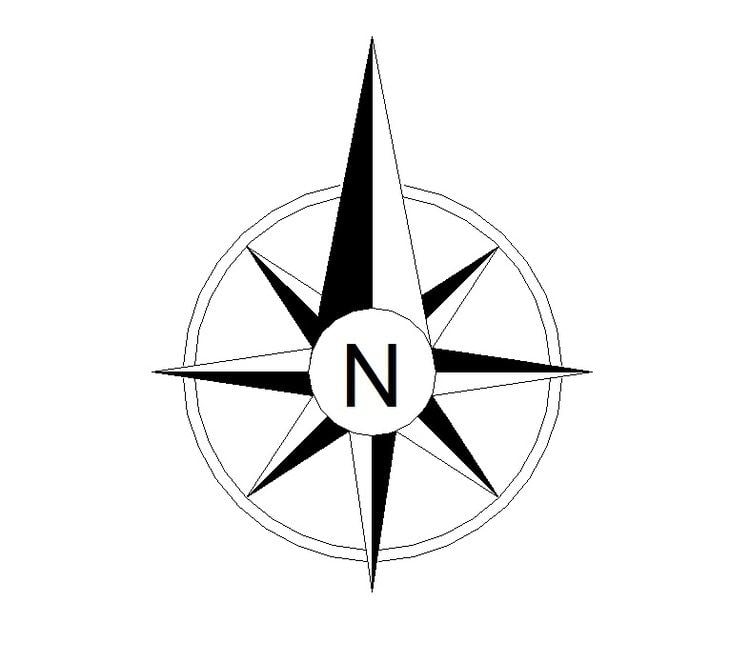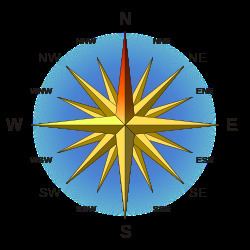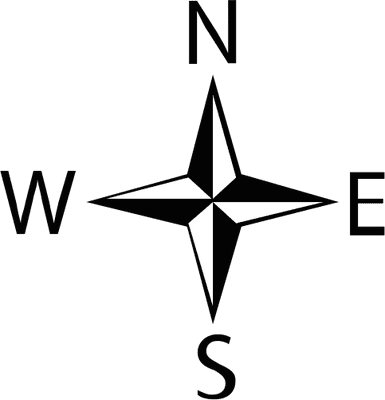North is a noun, adjective, or adverb indicating direction or geography. North is one of the four cardinal directions or compass points. It is the opposite of south and is perpendicular to east and west.
Contents
- 11 things you didn t know about north korea
- Etymology
- Mapping
- Magnetic north and declination
- Roles of north as prime direction
- Roles of east and west as inherently subsidiary directions
- References

11 things you didn t know about north korea
Etymology
The word north is related to the Old High German nord, both descending from the Proto-Indo-European unit ner-, meaning "down" (or "under"). (Presumably a natural primitive description of its concept is "to the left of the rising sun".)

The Latin word borealis comes from the Greek boreas "north wind, north", which, according to Ovid, was personified as the son of the river-god Strymon, the father of Calais and Zetes. Septentrionalis is from septentriones, "the seven plow oxen", a name of Ursa Maior. The Greek arktikos is named for the same constellation, and is the derivation of the English word "Arctic".

Other languages have sometimes more interesting derivations. For example, in Lezgian, kefer can mean both 'disbelief' and 'north', since to the north of the Muslim Lezgian homeland there are areas formerly inhabited by non-Muslim Caucasian and Turkic peoples. In many languages of Mesoamerica, "north" also means "up". In Hungarian the word for north is észak, which is derived from éjszaka ("night"), since above the Tropic of Cancer, the Sun never shines from the north, except inside the Arctic Circle during the summer midnight sun.

The direction north is often associated with colder climates due to the fact that most of the world's land at high latitudes are located in the northern hemisphere.
Mapping
By convention, the top side of a map is often north.
To go north using a compass for navigation, set a bearing or azimuth of 0° or 360°.
North is specifically the direction that, in Western culture, is treated as the fundamental direction:

Magnetic north and declination
Magnetic north is of interest because it is the direction indicated as north on a properly functioning (but uncorrected) magnetic compass. The difference between it and true north is called the magnetic declination (or simply the declination where the context is clear). For many purposes and physical circumstances, the error in direction that results from ignoring the distinction is tolerable; in others a mental or instrument compensation, based on assumed knowledge of the applicable declination, can solve all the problems. But simple generalizations on the subject should be treated as unsound, and as likely to reflect popular misconceptions about terrestrial magnetism.
Maps intended for usage in orienteering by compass will clearly indicate the local declination for easy correction to true north. Maps may also indicate grid north, which is a navigational term referring to the direction northwards along the grid lines of a map projection.
Roles of north as prime direction
The visible rotation of the night sky around the visible celestial pole provides a vivid metaphor of that direction corresponding to up. Thus the choice of the north as corresponding to up in the northern hemisphere, or of south in that role in the southern, is, prior to worldwide communication, anything but an arbitrary one. On the contrary, it is of interest that Chinese and Islamic culture even considered south as the proper top end for maps.
In Western culture:
Roles of east and west as inherently subsidiary directions
While the choice of north over south as prime direction reflects quite arbitrary historical factors, east and west are not nearly as natural alternatives as first glance might suggest. Their folk definitions are, respectively, "where the sun rises" and "where it sets". Except on the Equator, however, these definitions, taken together, would imply that
Reasonably accurate folk astronomy, such as is usually attributed to Stone Age peoples or later Celts, would arrive at east and west by noting the directions of rising and setting (preferably more than once each) and choosing as prime direction one of the two mutually opposite directions that lie halfway between those two. The true folk-astronomical definitions of east and west are "the directions, a right angle from the prime direction, that are closest to the rising and setting, respectively, of the sun (or moon).
